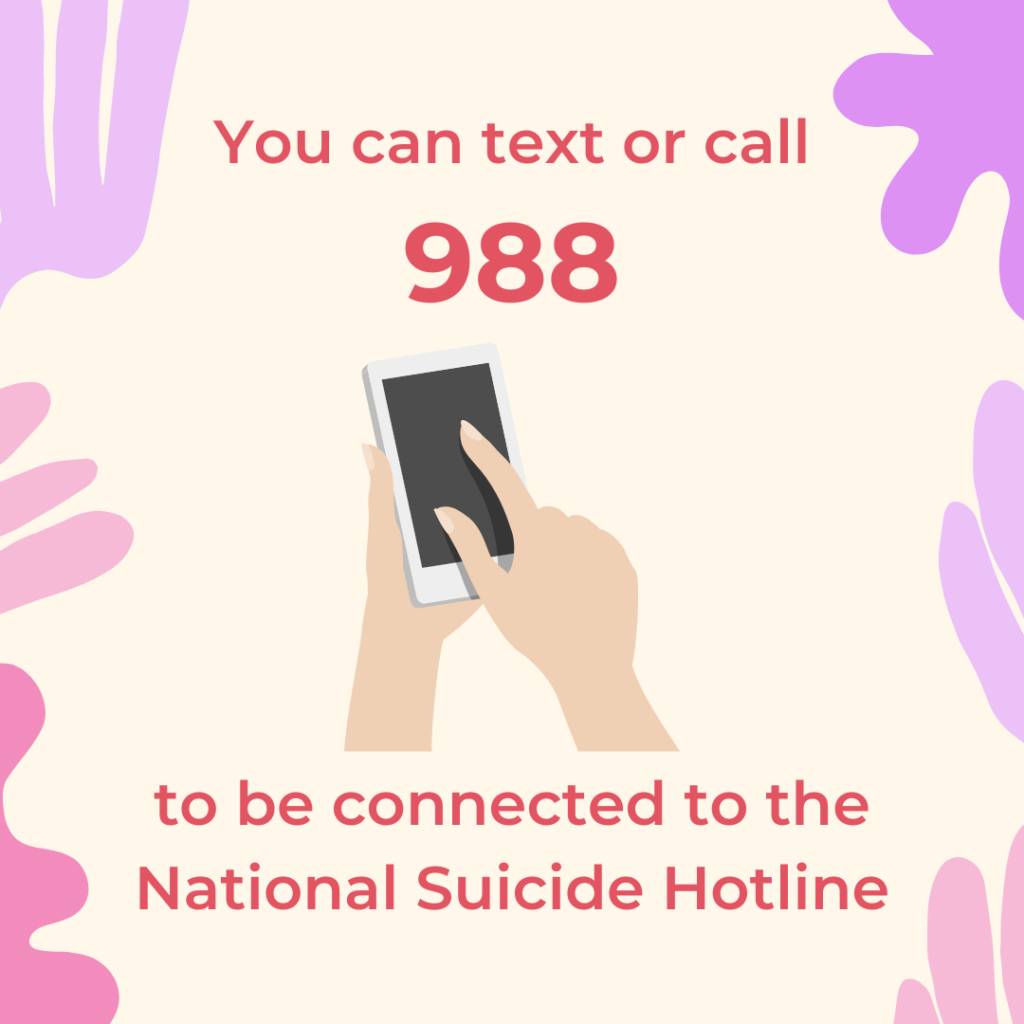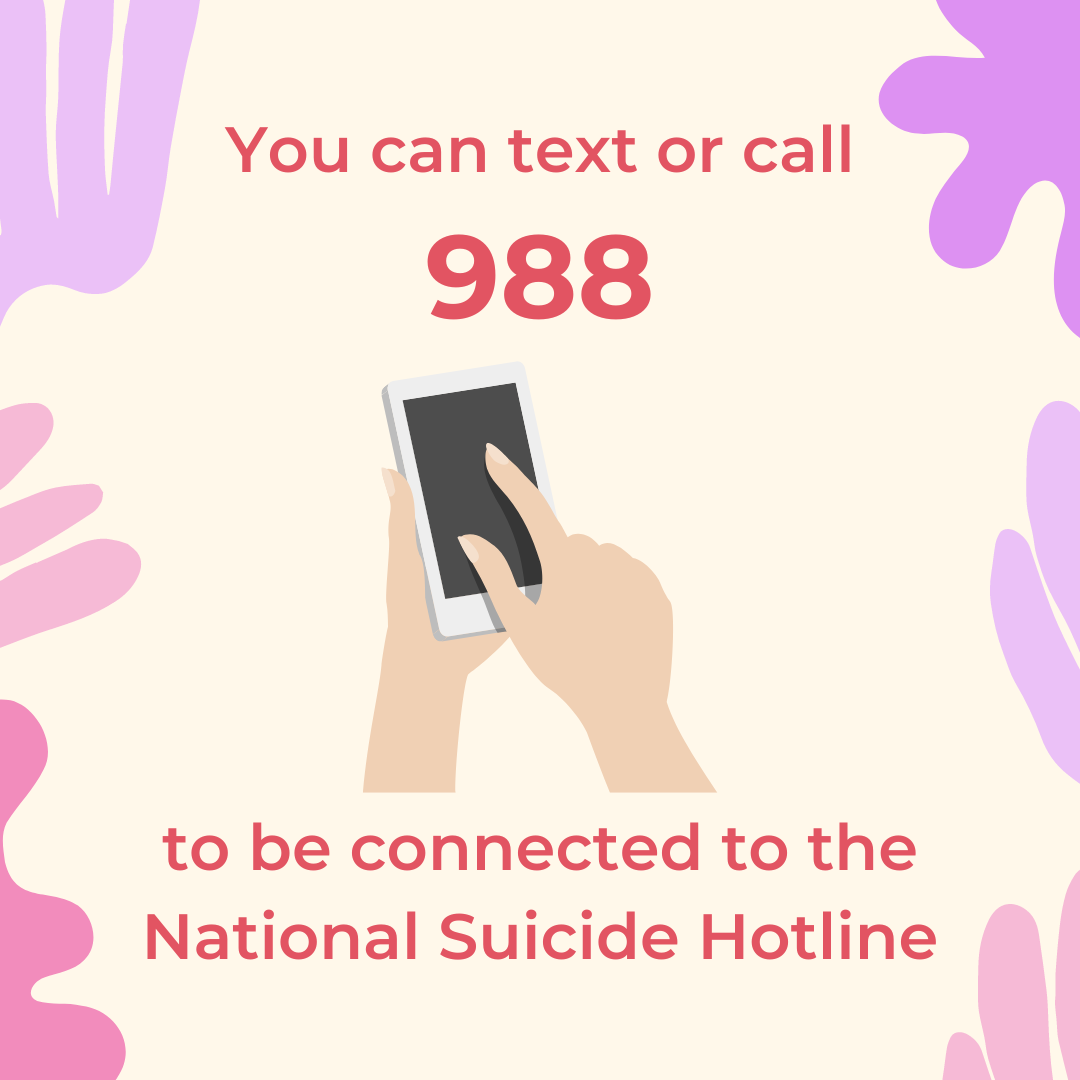
Suicide is a serious problem for many people including Native Americans. When someone kills himself, it creates a tug at the hearts of all those left behind in the community. Many individuals go through their own sadness, wondering if the suicide could have prevented. Others see the sadness of those left behind and think that maybe suicide was worth it because the deceased now knows others care about him. But for that person, it is too late– he is forever cut off from the support and love he could have had if he had found help. Tribal leaders and community members feel that talking with youth and families about suicide is one way to help prevent it from happening. Information about suicide can raise awareness that it is okay to talk about suicide and teach important signals that someone you know may need help. The most important thing to do when someone may be thinking of suicide is to be a good listener. By working together, we hope to help you and other Indian youth to continue to be strong, successful, and happy with long, prosperous lives.
Suicide in Our Community
- Suicide is the third leading cause of death among US youth ages 10-24.
- American Indian and Alaska Native (AI/AN) people have the highest suicide rate of all ethnic minority groups, including African Americans, Hispanics, Chinese and Japanese Americans.
- The majority of suicides among AI/AN occur in youth ages 10-24 years, which differs from the US general population, in which older adults (65+) are more likely to die from suicide.
- Suicide rates vary widely from tribe to tribe with reservation communities experiencing the highest rates in the US. From 2001-2006, the suicide rate among Apache 15-24 year olds was 13 times higher than the US All Races rate and 7 times the All AI/AN rate.
Suicide Among Youth
- Many people who are thinking about suicide are depressed or have other mental health issues, even though they may not seem like they do.
- The greatest danger of suicide is during the 3 months after a person recovers from depression or a suicide attempt.
- Some people seem happy before they attempt suicide, because they feel that they will “end” all of their problems, which can be an important warning sign.
- Most people who think about suicide only feel that way for a short period of time and haven’t really decided they want to die. They “gamble with death,” and part of them often hopes to survive.
- Alcoholism and suicide often go hand in hand. Even people who don’t normally drink will often drink shortly before killing themselves. Of course, people who don’t drink also attempt suicide.
- Almost no one attempts suicide without letting others know how he or she is feeling. Talking openly with a friend or family member at-risk for suicide shows that you are willing to discuss the uncomfortable and frightening feelings with them. Suicidal people are often relieved to discuss what has been bothering them so much or they’ve been hiding.
- Most people who attempt suicide and are given proper help won’t try to attempt suicide again.
The Warning Signs of Suicide
There are three types of warning signs of suicide: emotional, verbal and behavioral. If you and your family learn to recognize the warning signs of suicide, you might be able to stop from hurting yourself, or your family might be able to help you or get you the support you need.
| Emotional Signs | Verbal Signs | Behavioral Signs |
| Guilt Shame Embarrassment Isolation Rage Jealousy Feeling betrayed Anxiety Helplessness Sadness Hopelessness | “I’m going to kill myself.” “I wish I were dead.” “My family would be better off without me.” “There’s no reason for me to live.” “I’m tired of living.” “If you leave, I’ll kill myself.” | They tried to attempt suicide at least once before. They suddenly cheer up, after being very depressed for a long time. They can’t get over the loss of someone, by death, divorce, or other form of loss. They know of a lot of people in their community who have died by suicide recently. They write poetry or notes about death or do drawings with death themes. They have unexplained changes in behavior. |
Humiliation
Inadequacy, incompetence
Regret
Alienation, isolation
Angry Emotions:
Rage
Unfriendly
Wanting revenge
Jealousy
Feeling betrayed
Displeasure
Feelings of Anxiety:
Fear, phobia
Confusion
Ambiguity, uncertainty
Desperation
Ambivalence
Feelings of Suffering:
Helplessness
Sorrow, grief
Sadness
Apathy
Unhappiness
Dissatisfaction
Despair
Discouragement
Hopelessness
Anguish
VERBAL SIGNS
Verbal signs are things people say. Any of the following statements (or others like them) may be a sign that the person is seriously thinking of suicide:
“I’m going to kill myself.”
“I wish I were dead.”
“My family would be better off without me.”
“I just can’t take it any longer.”
“There’s no reason for me to live.”
“If (such and such) happens (or doesn’t happen), I’ll kill myself.”
“I’m tired of living.”
“I don’t want (prized possessions) anymore. You can have them.”
“Life is not worth living without (loved one).”
“If you leave, I’ll kill myself.”
“I’m dying to have /or do such and such.”


BEHAVIORAL SIGNS
Certain actions tell us that someone has thoughts, wishes, and emotions that could lead to suicide. Be concerned and attentive if someone shows any of the following signs:
- They tried to attempt suicide at least once before.
- They suddenly cheer up, after being very depressed for a long time.
- They can’t get over the loss of someone, by death, divorce, or other form of loss.
- They know of a lot of people in their community who have died by suicide recently.
- They write poetry or notes about death, or do drawings with death themes.
- They have unexplained changes in behavior, such as:
- Crying or being overly emotional (that does not fit the situation).
- Seeming tired all the time, sleep problems (inability to sleep or sleeping too much).
- Inactive, quiet behavior, particularly in someone who used to be friendly and outgoing.
- Easily angered or not showing anger even when there may be a good reason.
- Sudden or increased use of drugs or alcohol.
- Increase in other risk-taking behavior, such as driving a car too fast or promiscuous sex (having sex more frequently and with more partners).
- Doing worse in school: bad grades; cutting classes; losing interest and motivation.
- Breaking rules, ignoring curfews, or being rebellious toward authority figures such as parents, teachers and police.
- Running or staying away from home and friends.
- Giving away or selling valued personal possessions.
- Putting personal affairs in order as though preparing for a long journey. Adults might write a will.
- Suddenly collecting alcohol, drugs, or weapons.
- Making sudden changes in appearance (no longer caring about clothes or cleanliness).
- _______________________________________________________________________
- _______________________________________________________________________
- _____________________________________________________________________
